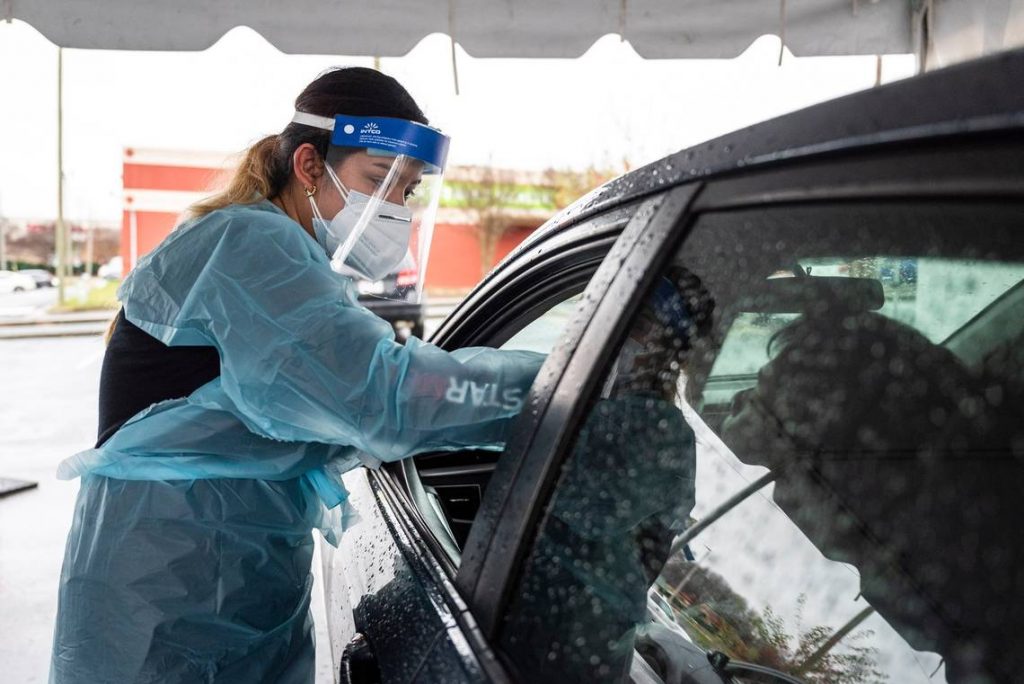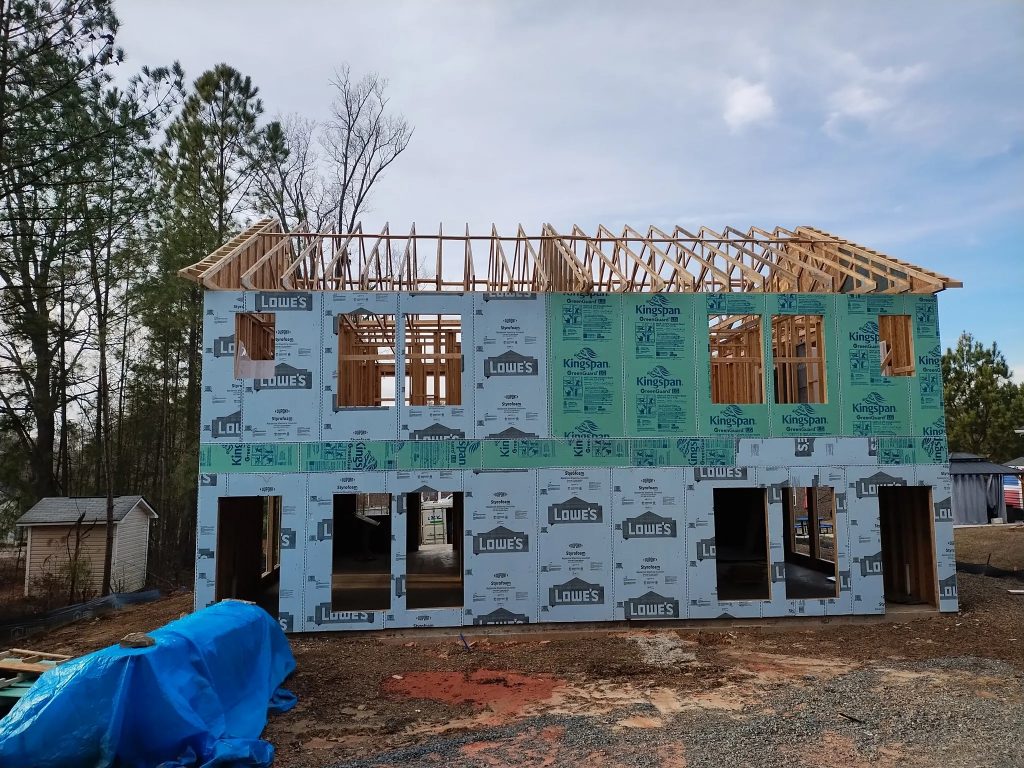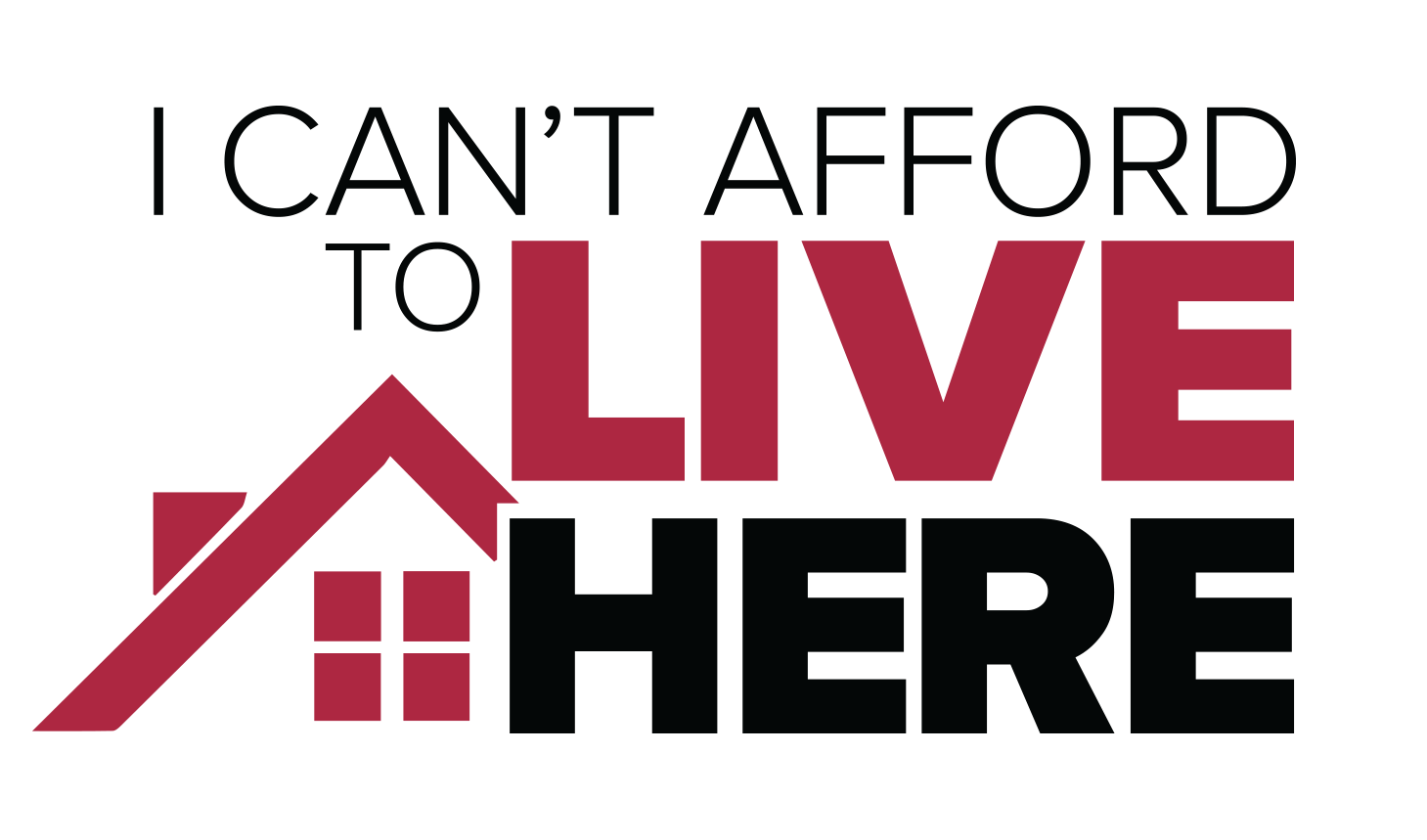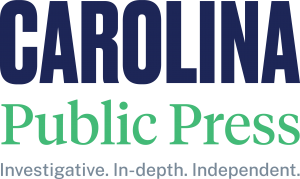Mecklenburg County announced Friday it’s now categorized as high COVID-19 risk by the Centers for Disease Control and Prevention.
Under the new risk factor, the county recommends getting a COVID test before gatherings, meeting outdoors if possible and masking in indoor settings.
Mecklenburg joins several neighboring counties like Rowan, Cabarrus and Gaston, which were classified as high risk on July 25. Union, Iredell and Catawba counties also have been classified as high risk.
“The change from medium to high in the county reflects a continued increase in positive cases, which has resulted in an increased burden on county resources,” Mecklenburg County said in a news release.
On July 20, County Health Director Dr. Raynard Washington said it was likely Mecklenburg would climb to high risk factor if current trends for hospitalizations and infections held steady.
The color-coded risk factor is determined by total number of new infections, number of hospital beds in use and total hospitalizations, according to the CDC.
RISING COVID HOSPITALIZATIONS, CASES
Hospitalizations have steadily increased across the state since April 16, according to the North Carolina Department of Health and Human Services.
For the week of July 17-23, the seven-day average of patients hospitalized with COVID was 1,111 statewide.
This number shows how many people are reported as in the hospital with COVID each day, not the number of new patients admitted to hospitals daily.
The BA.5 Omicron variant, which appears to be one of the most highly transmissible variants, is able to more effectively evade immune responses from past infections and vaccinations. It accounts for most new infections according to Mecklenburg count,y and has led to a surge in new infections.
Infections have been on the rise since March 19, according to NCDHHS.
Only 289 cases were reported in Mecklenburg County from March 12-19. From July 17-23, Mecklenburg reported 3,866 cases, an increase of over 1,000%.
In the last two weeks, BA.5 has accounted for 58% of all cases in North Carolina, according to state health officials.
The BA.5 variant is able to infect many more people because its spike protein has mutated to be largely unrecognizable by older antibodies and vaccines, Atrium Health Chief Epidemiologist Dr. Katie Passaretti previously told The Charlotte Observer.
Vaccinated people are still experiencing more mild symptoms than unvaccinated patients, Passaretti said.
COVID AT THE JAIL
There also is an uptick in cases at the Mecklenburg jail.
There, 35 inmates tested positive on Friday, up from 13 on July 22, according to Janet Parker, with the Mecklenburg County Sheriff’s Office.
Ten inmate pods, each holding 48 to 56 cells, had been placed under the jail’s COVID protocols — meaning someone from each housing unit had tested positive, exposing the entire pod to the disease.
While the number of jail cases has been growing for days, the overall total remains much smaller than several previous outbreaks.
In December 2020, for one example, more than 100 inmates were sickened after the virus was brought into the facility by guards returning from the Thanksgiving holiday.
NEW COVID VACCINE
A new vaccine is being developed targeting Omicron and its subvariants, including BA.5.
Passaretti said it is expected to launch in the fall, but urged residents who are eligible for booster shots not to wait for the new vaccine. Receiving a booster shot now won’t disqualify patients from receiving the Omicron-specific vaccine later.




 The Charlotte Journalism Collaborative is supported by the Local Media Project, an initiative launched by the Solutions Journalism Network with support from the Knight Foundation to strengthen and reinvigorate local media ecosystems.
The Charlotte Journalism Collaborative is supported by the Local Media Project, an initiative launched by the Solutions Journalism Network with support from the Knight Foundation to strengthen and reinvigorate local media ecosystems.








